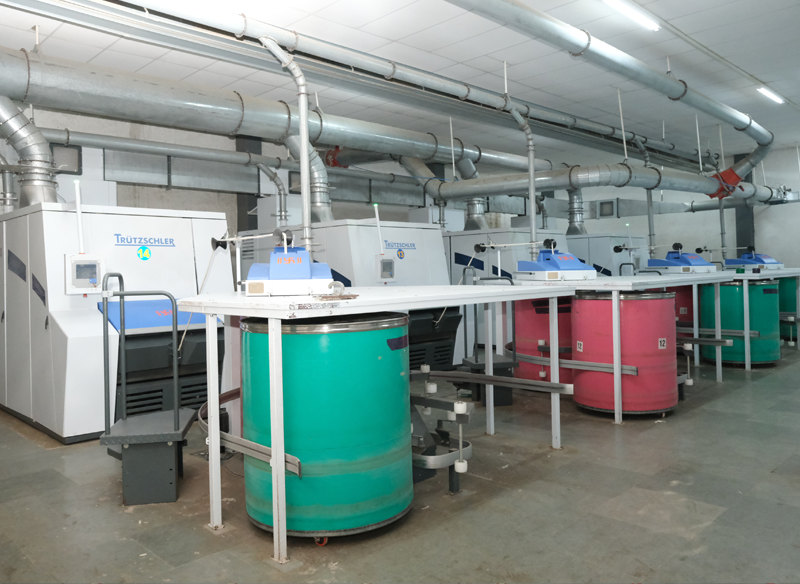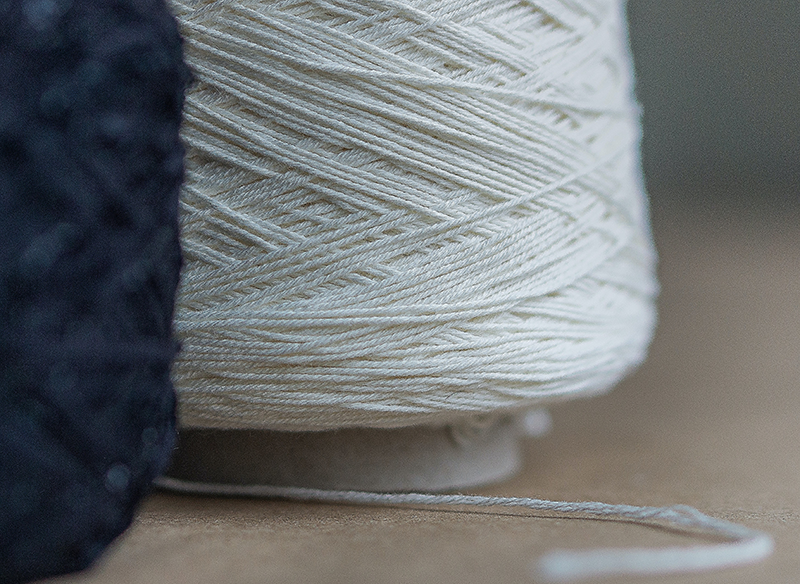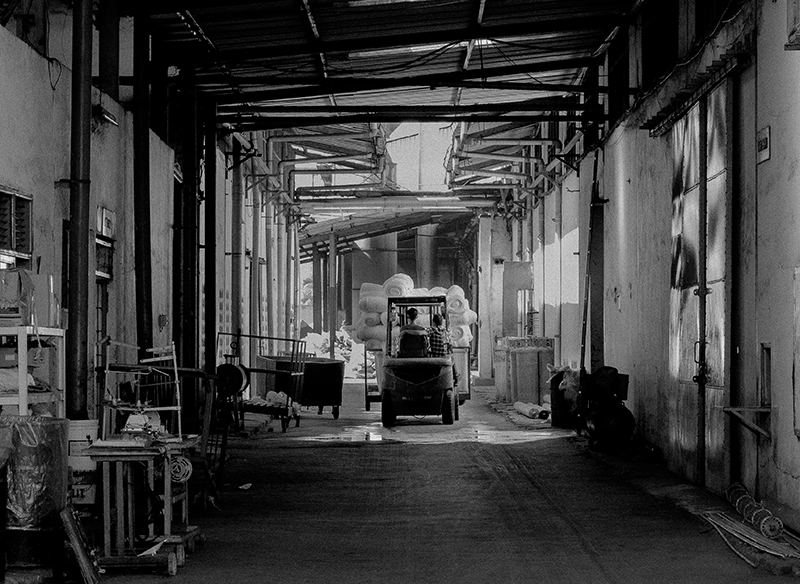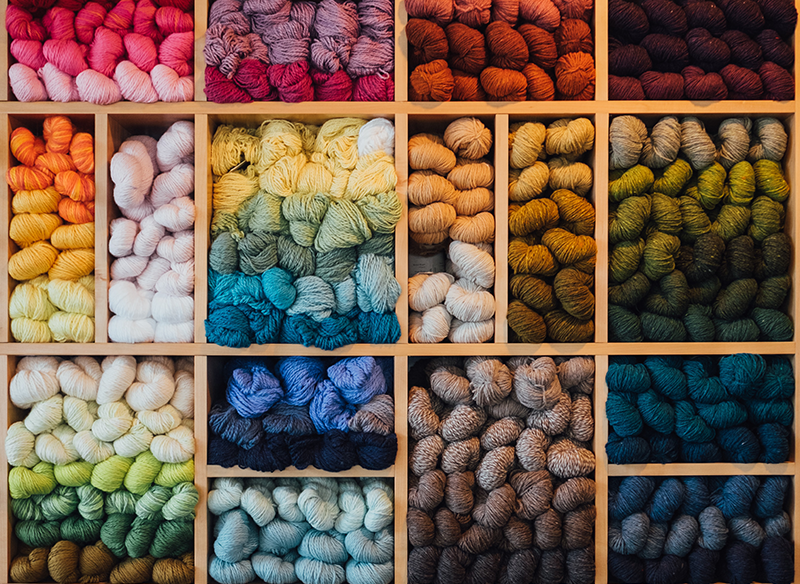Our daily lives require towels to wipe our hands, clean spills, and dry off after a bath or shower. Among the several towel fabrics, terry cloth is popular. In this post, we define terry cloth, compare it to towels, and discuss its pros and cons.
Terry Cloth’s looping pile makes it stand out. The fabric has many small thread loops, giving it a velvety, smooth feel. We create Belem terry cloth from 100% cotton. Weaving an extra weft thread creates terry cloth. Looping this thread back into the cloth creates the surface loops. Loops are then cut to the right length, depending on how the fabric will be utilized. New air-jet looms are used to weave our towels, which require fine, premium cotton yarn.
Texture and manufacturing differences between regular towels and Terry cloth:
The main difference between terry cloth and other towels is texture. Regular towels can be made from cotton, linen, or polyester, but terry cloth has cotton loops that make it nice and fluffy. Due of their poly-cotton content, ordinary ones may not create the same opulent environment as your meal.
Terry cloth towels are more absorbent than ordinary towels due to their loops, which trap moisture. Thus, they make great washcloths, bath towels, and hand towels. It depends on the material, but ordinary towels can be absorbent.
Terry cloth is stronger than other towels. The texture and shape of terry fabric last after multiple washings and usage. In contrast, conventional towels may fray and wear out. Luckily, each of our towels is double needled and has at least seven stitches, preventing unravelling and making it washable.
Yarn selection affects quality and performance in the complex textile business. Cotton yarn is used differently than terry towel. Cotton and terry towel yarn are compared to show their benefits.
Understanding Bathrobes, towels, and other absorbent fabrics employ Terry Towel Yarn. Special spinning creates “pile” on fabric, boosting absorbency and softness. Terry towel yarns are normally cotton, however polyester blends are better.
1. Homes and offices benefit from absorbent terry towel yarns for drying and wiping.
2. Terry towel yarn’s silkiness makes towels and bathrobes soft.
3. Wash ability: Terry towel yarns are durable.
4. Loop Structure: Terry towel yarns absorb and retain moisture well, making them ideal for drying.
Bathrobes, towels, and washcloths use terry towel yarns. High-performance bathtubs, spas, hotels, and hospitals demand absorbency and softness. Cotton yarn is versatile and popular. The softness, breathability, and hypo-allergenicity make it popular for apparel and home furnishings.
Key Cotton Yarn Features:
1.Cotton yarns are soft.
2. Breathable cotton controls heat.
3. In lightweight towels and linens, terry towel yarns absorb more than moisture-wicking cotton.
4. Versatility: Knitting, crocheting, and weaving cotton yarns of different weights, blends, and finishes.
Fashion, home decor, and industrial textiles use cotton. Cotton makes sturdy furniture, linens, and soft clothes.
Different Terry Towel and Cotton Yarn Features:
1.Absorbency: Terry towel yarns are great for towels and bath linens, while cotton is adaptable.
2. Texture: Terry towel yarns are puffy due to their loop structure, while cotton yarns are smooth and soft.
3. Use: Absorbent cotton terry towel yarns for garments, home furnishings, and industrial materials.
Yarn underpins numerous textiles. Cotton and terry towel yarns are unique and useful. This blog discusses these two intriguing yarns’ history, traits, and many uses.
Plant-based cotton yarn is flexible and breathable. Cotton has been used in textiles for millennia due to its softness and resilience.
Fashion, household, and industry use cotton yarn. Cotton makes sturdy furniture, linens, and soft clothes. Cotton suits sensitive skin and is hypoallergenic.
Cotton yarn makes absorbent towels, bathrobes, and washcloths. Terry towel “pile” loops are absorbent and flexible.
Bathrobes, towels, and washcloths use terry towel yarns. High-performance bathtubs, spas, hotels, and hospitals demand absorbency and softness.
Cotton and terry towel yarn are linked but distinct industries. For absorbent clothes, use soft terry towel yarn. Cotton yarn is flexible and supple. By understanding their qualities, designers and manufacturers may use these two yarns to develop high-quality items for global customers.
Conclusion:
Cotton and terry towel yarn are both cotton but have different uses. Terry towel yarns absorb, soften, and last. Cotton is used in fashion, home, and industrial textiles. Designers and manufacturers may choose the best yarn for their goods by recognizing these variances.






